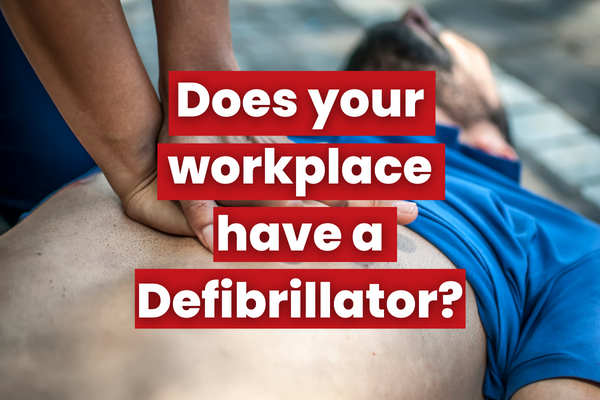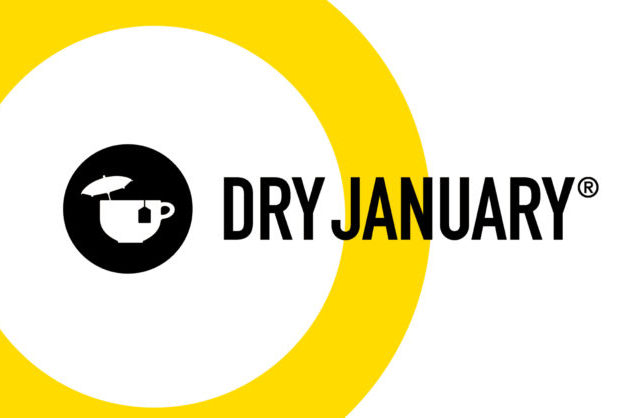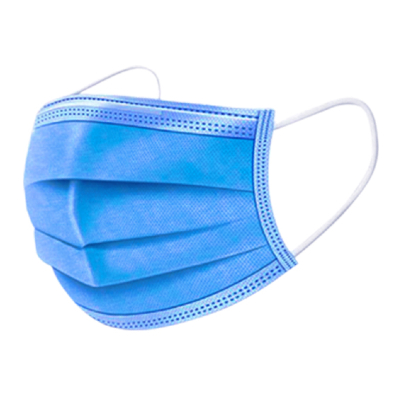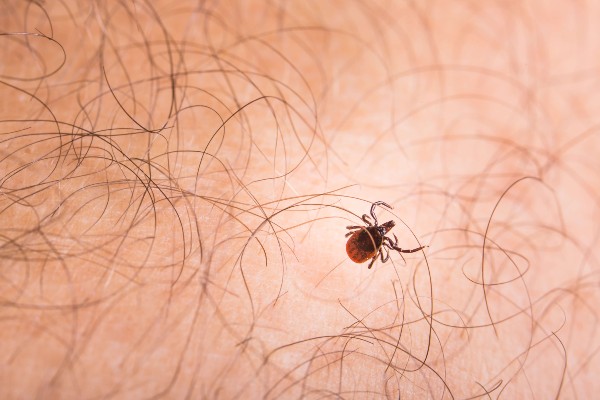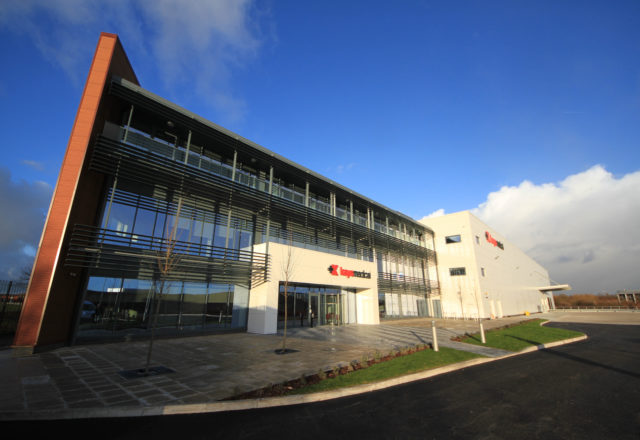What is a Defibrillator?
16th September 2022
An AED (Automated External Defibrillator) is a lightweight, battery-operated, portable device that checks the heart’s rhythm and sends a high-energy electric shock to the heart to restore normal rhythm. This high-energy shock is called defibrillation and it’s an essential part of trying to save the life of someone who’s in cardiac arrest.
How does an AED work?
In a cardiac arrest, the heart may have an uncoordinated electrical activity called ventricular fibrillation (VF). This means the heart is not pumping effectively. An AED delivers an electric current to the heart muscle, momentarily stunning the heart, and stopping all activity. This allows the heart to resume beating in a normal rhythm and pump effectively. The more people use AEDs outside of a hospital the better the chance for survival from cardiac arrest. AEDs used along with CPR quite simply save lives! They can restore a normal heart rhythm in someone who has had a sudden cardiac arrest. Sudden Cardiac Arrest can happen to Adults or Children. When a person suffers a sudden cardiac arrest, their chance of survival decreases by 10% for each minute that passes without CPR and Defibrillation.
What’s the difference between Sudden Cardiac Arrest and a Heart Attack?
There is often confusion around the differences between Cardiac Arrest and a Heart Attack, as these terms are often used interchangeably, however they are not the same. A heart attack occurs when blood flow to the heart is blocked, while Sudden Cardiac Arrest is when the heart malfunctions and suddenly stops beating unexpectedly. A heart attack is a “Circulation” problem whereas Sudden Cardiac Arrest is an “electrical” problem.
Why are Defibrillators important?
AEDs make it possible for more people to respond to a medical emergency where defibrillation is required. AEDs strengthen the chain of survival as they can restore a normal heart rhythm in victims of sudden cardiac arrest. In January 2020, London Ambulance Services released statistics showing that when a Public Access Defibrillator (PAD) was used by a bystander and at least one shock was delivered to patients, the survival rate was more than five times higher (57.1 per cent).
Who can use a Defibrillator?
AEDs are designed to be used by non-medical personnel – this includes you! Anyone can use a Defibrillator, once the Defibrillator is switched on it will give clear instructions on how to attach the defibrillator pads. The device will then check the heart’s rhythm and instruct whether a shock is needed. You can’t shock someone accidentally.
Is training required to use an AED?
Training is not required as Automatic External Defibrillators (AEDs) are designed to be straightforward and easy to use so that any member of the public can help someone in cardiac arrest before medical personnel arrive. But due to less training and understanding, many people are hesitant to use an AED. At Kays Medical we offer First Aid Training that incorporates how to identify sudden cardiac arrest, CPR and the use of an AED. Our First Aid trainer can visit sites and train staff as required, or there is also the option for training in our head office in Liverpool. For more information on our First Aid Training click here.
Are there any special considerations when using an AED?
Yes, there are sometimes special circumstances that need to be considered when using an AED these are outlined below:
Special Circumstances:
- Hairy Chest – For an AED to work properly, the pads must have appropriate contact with the skim
- Patient in Water -The first thing to do if the victim is found in water is to move them to a dry, safe place.
- Pacemaker or Implantable Defibrillator.
- Medication Patches.
Why should your business invest in an AED?
Purchasing an AED for your business shows that you value the health and safety of staff and visitors, and also promotes a safe work environment. If a sudden cardiac arrest occurs in your place of work AEDs are key life-saving devices. Sudden Cardiac arrest can happen at any time, so it is important to have sufficient equipment on site to help during a medical emergency. An AED can save lives, however, the first few minutes after a cardiac arrest are crucial in increasing the chance of survival.
Where should Defibrillators be located?
Choosing the optimal location for your AED is critical. We recommend the following steps to ensure your Defibrillator is located in the best spot:
- Easy to see: The AED should be easy to see – the AED can be mounted to a wall, or placed in a cabinet specifically labelled ‘Automated External Defibrillator’.
- Convenient and Accessible: Remember, an AED should be used within 3 minutes of collapse. This means that AED should be located only 1.5 minutes from any spot of the building to allow someone to get there and back to deploy the device in time.
- High-Traffic Areas: To ensure a timely response, an AED should be placed where most people gather, it should not be placed in a ‘Staff only’ room or obscure storeroom. For example, in a Restaurant, it could be situated in the main dining area or at a gym – in the main workout space. The AED should be placed in an easily accessible, busy area to ensure the best chance of a fast response.
Unlocked: Whilst AEDs are a valuable item but they must be easy to access, therefore if stored in a cabinet, this should be kept unlocked.
How much do AEDs cost?
AEDs start from around £700 in price, at Kays Medical we offer a range of AEDs suitable to match your business needs. You can see our full range by clicking here
What Defibrillator would Kays Medical recommend?
We recommend the IPAD SP1 Semi-Automatic AED with accessories. The iPad SP1 semi-automatic defibrillator is one of the latest pieces of technology with intelligent public access AED defibrillators. The iPad is designed to be used by minimally trained individuals in an emergency and is suitable for all environments. Whether it be a school, workplace, or hospital, the AED is designed to save lives in the event of sudden cardiac arrest.
If you’re unsure of which Defibrillator is right for you, contact our friendly team on 0151 482 2850 or email sales@kaysmedical.com



